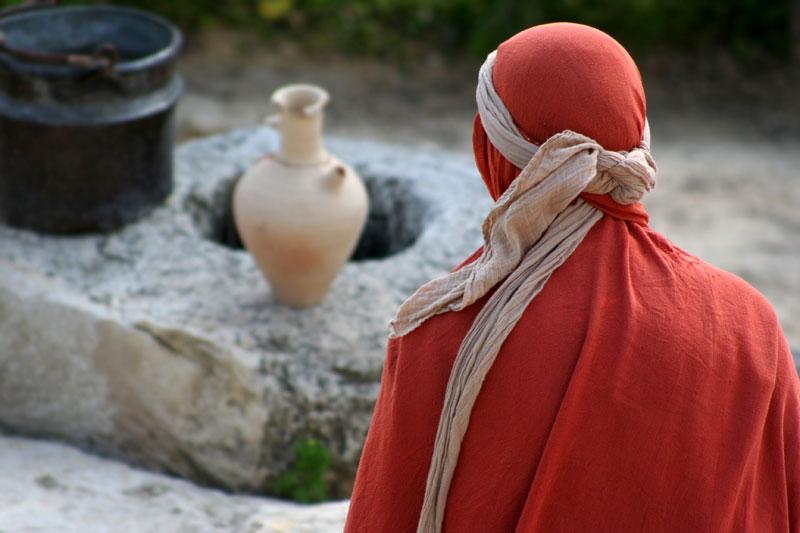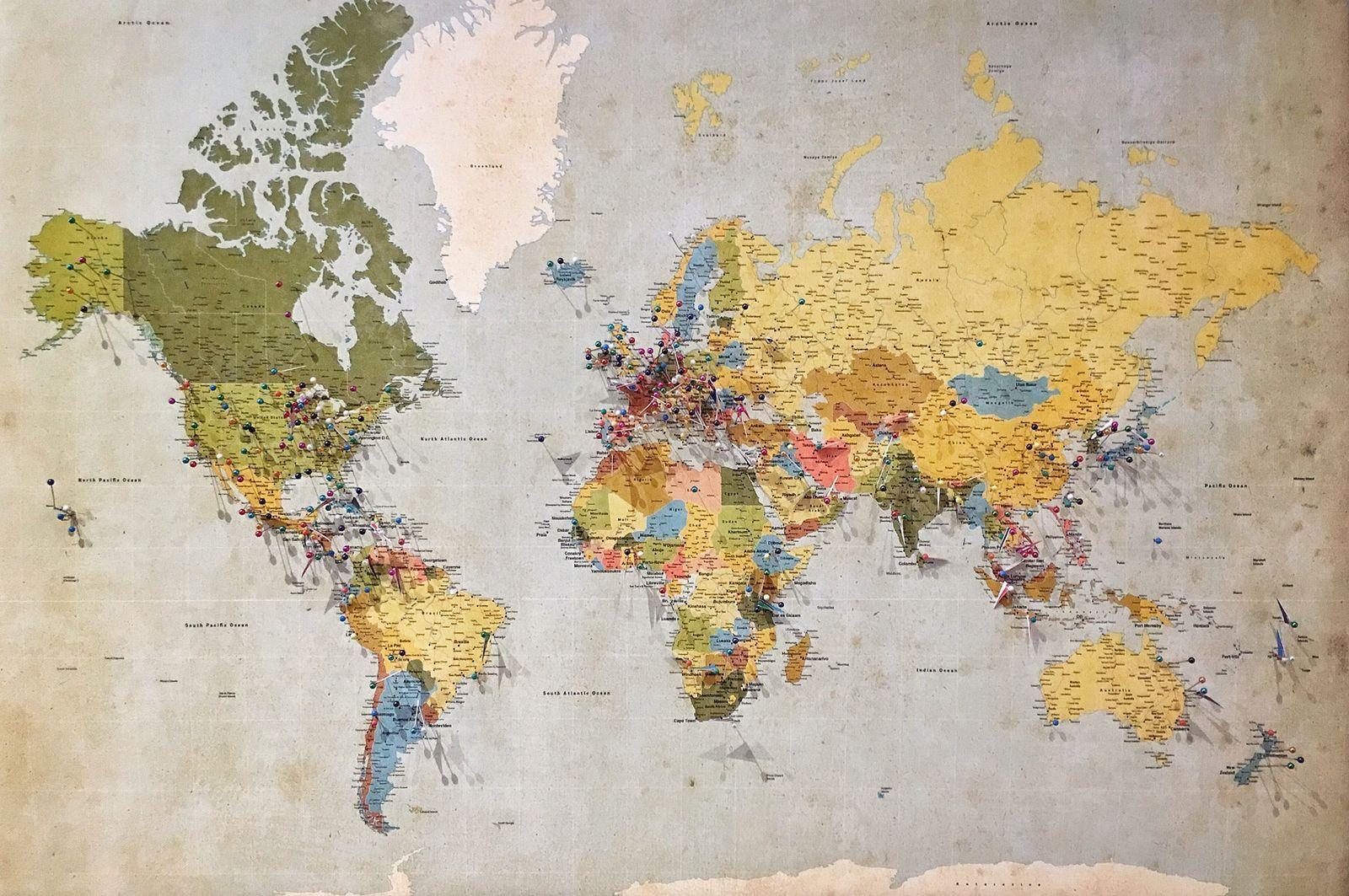
The 12 sons of Israel became the 12 tribes of Israel. God freed them from slavery in Egypt and brought them into the land – Israel – that He promised to their forefathers.
Centuries later, after King Solomon died, the Israelites divided their kingdom in two. The north became Israel with 10 tribes. The other two tribes in the south were called Judah.
In 722 BC, Assyria conquered the Northern Kingdom of Israel. While many of the 10 Northern tribes emigrated to Judah, some members of these tribes fled, were taken captive or deported to other lands. (See 2 Kings 17:5–6 and 1 Chronicles 5:26.) These became known as the 10 “Lost Tribes.”
Where did the Lost Tribes of Israel go?
Captives from Israel’s 10 tribes were taken north, south, and east. Some who fled captivity went south into Egypt while others followed trade routes eastward into the Orient, some continuing their migration across the millennia.
Where are the Lost Tribes of Israel now?
Did they disappear? Did they assimilate into other societies? Were they persecuted and wiped out?
Because of persecution over the centuries in many of the countries in which they now live, many hid their Jewish heritage by practicing their faith in secret. Some are locally known to be Jewish – and suffer prejudice and persecution because of it – but have only recently become known to the rest of the world.
In the last 75 years or so, Jewish communities have become known in Ethiopia, Zimbabwe, India, China, and other surprising countries. Even more surprising to some is that members of the Lost Tribes living in these countries look like any other people native to these regions.
Even though the “Lost Tribes” are found, the name stuck because it says so much about their history.
What is the problem many Jewish people face?
Poverty
Some settled in areas of developing nations where resources are scarce and poverty is high.
Superstition
Many people believe ridiculous superstitions about the Jewish people and ostracize and blame them for influencing bad fortune, illness and even death.
Discrimination
Prejudice against Jewish people in these regions result in them being denied equal opportunity to jobs, business, and access to aid.
Persecution
Persecution can involve everything from insults and spitting to assault, arson and murder in some of the remote places where members of the Lost Tribes of Israel live around the world.
No Access to the Gospel
When it comes to sharing the Gospel, Jewish people are often overlooked. But there is no other way for anyone – Jew or Gentile – to be saved. Communities of Lost Tribes Jewish people need to hear the Good News of their Messiah, Jesus.
How did the problem get this way?
Added to the poverty of some of the regions where these Lost Tribes of Jewish people have lived is the matter of discrimination. Prejudice has always followed the Jewish people. And its source is bigger than your average irrational and unfounded bias against a people group. Anti-Semitism has spiritual roots that go all the way back to the Garden of Eden.
After Satan’s deception and man’s fall, God proclaimed Satan’s ultimate demise. Genesis 3:15 reveals that the Messiah will crush Satan’s head in final, eternal victory. Satan has been interfering in human history from the beginning, always attempting to disprove God’s promises and prophecies.
Trying to delay his final ruin, Satan continues to assault God’s people and the Land of Israel, seeking to eradicate them. Satan is the great deceiver. He is deceiving all who follow him, infusing them with a hatred they may not even understand and using them as pawns in his battle against God Almighty.
What we’re doing to fix the problem
Sharing the Gospel
Through the Spiritual Care Ministry accompanying Outreaches, Jewish Voice shares the Gospel, provides encouragement and offers compassionate prayer and counseling for the hurting. Over the years, thousands have accepted Jesus as their Messiah.
Medical, Dental and Eye Care
Many Jewish people from the Lost Tribes of Israel live in remote, rural places in Africa with little access to medical care. Some areas have no dentist within 300 miles. A simple illness, toothache or injury can easily become a life-threatening infection. Cataracts steal away eyesight every year, forcing already impoverished people to endure even more loss. Jewish Voice conducts Medical Outreaches that have treated an average of 13,000 people each – healing illness, reversing infection, and restoring eyesight.
Clean Water Initiatives
In some of the places Jewish Voice goes, the same source of water is used for bathing, doing laundry, and acquiring drinking water – the same source used by thirsty, dirty animals. Waterborne illnesses are a constant problem. During an Outreach, Jewish Voice teaches short classes about the importance of clean water and hygiene and distributes long-lasting water filters to prevent disease.
Breaking down prejudice
Jewish Voice goes into rural communities because of the Jewish community in an area, but we minister to everyone who comes for help. In this way, the people of the region see that the Jewish people are the reason for this enormous blessing. It causes people to rethink their prejudices and elicits new respect for the Jewish people.
Would you send a generous gift to provide as many Family Life Straws as you can to Jewish people in desperate need of clean water?
Help TodaySupporting and training for new congregations
When the short-term Outreach ends and Jewish Voice and its volunteers go home, the ministry doesn’t stop. Partnering in-country congregations supported by Jewish Voice follow up with new Believers and help start new congregations to strengthen and establish these new Believers in their faith. Jewish Voice also provides discipleship and leadership training.
The Ongoing Need
- More Jewish communities are discovered in pockets of Ethiopia, Zimbabwe and other countries every year. There are more than we are presently able to reach with the Gospel and much needed medical care
- Those we have already helped still live without proper medical care. One Clinic doesn’t solve their situation. It also takes time to build relationships. We need to go again.
- Persecution persists in some of the regions we serve. The more we go, the more we break it down.
- New congregations are formed with each Outreach, requiring financial and mentoring support.
What stands in the way of meeting these needs?
Quite honestly, it comes down to finances and volunteer power.
Funding
It costs about $30 to provide treatment these things to one patient. That’s not a lot of money, but multiplied times tens of thousands of patients per year, it quickly adds up. The more funding we receive, the more Outreaches we can offer to these people who live in such need.
Without additional funding, the number of Outreaches we can conduct each year is restricted, and many hurting people will go without the care they need. New Believers will be left to struggle in their faith without trained leadership or ongoing access to the Word of God.
People
We need medical professionals and non-medical volunteers to conduct these week-long Medical Outreaches. The more volunteers we get, the more good we can do, treating more people in more places.
What can I do to help?
- Come on an Outreach with us. Visit the GO page of the Jewish Voice website for more information.
- Pray for us as we minister and for the Jewish people we serve. Learn more.
- Tell others about what Jewish Voice is doing and follow and share us on social media.

THE UNTOLD STORY OF THE "LOST TRIBES" OF ISRAEL
Discover how the Lost Tribes and YOU are vessels for fulfilling biblical prophecy!





